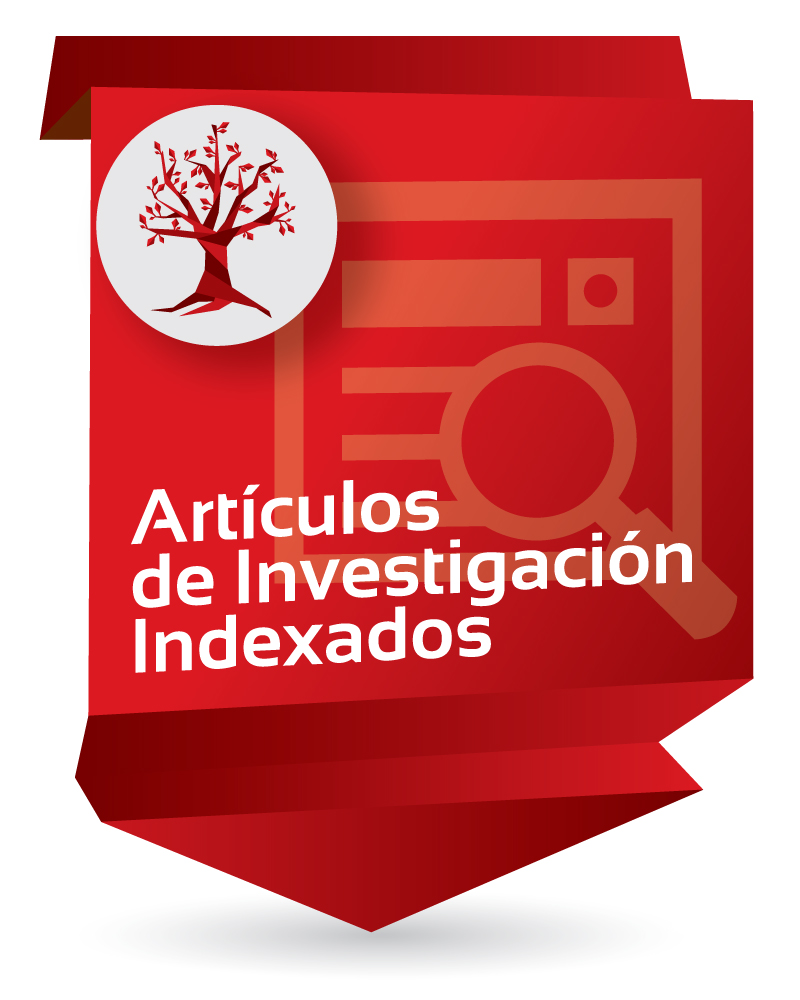Development and characterization of Sechium edule starch and polyvinyl alcohol nanofibers obtained by electrospinning
Desarrollo y caracterización del almidón y polivinilo de Sechium edule. nanofibras de alcohol obtenidas por electrohilado

Item Links
URI: http://hdl.handle.net/10818/58678Visitar enlace: https://www.sciencedirect.com/ ...
DOI: 10.1016/j.colsurfa.2022.129456
Compartir
Statistics
View Usage StatisticsBibliographic cataloging
Show full item recordAuthor
Porras Saavedra, Josefina; Ricaurte, Leidy; Pérez Pérez, Nalleli Concepción; Quintanilla Carvajal, María XimenaDate
2022Abstract
This research aimed to evaluate the synergic combination of hydrolyzed starch of Sechium edule (SH) in concentrations ranging from 0.5 % to 2.5 % w/v with polyvinyl alcohol (PVA) at 8 % w/v as a possible material for
the creation of nanofibers (Nfs) through electrospinning. The morphology of Nfs was evaluated with scanning
electron microscopy (SEM), the topography was analyzed by atomic force microscopy (AFM), and Fourier
Transform Infrared Spectroscopy (FT-IR) was used to check the chemical interactions between SH and PVA. The
results showed that the diameter of PVA Nfs is within the range of 160–490 nm; this parameter increases when
SH is incorporated, reaching maximum values of 759 nm. The rugosity of the surface of the fibers was affected by
the SH concentration; it increases in SH concentrations of 0.5–1.5 % w/v, and decreases with 2.0 % and 2.5 % w/
v. SH/PVA Nfs have contact angle values ranging from 50.16◦ to 74.92◦, which classifies them as hydrophilic, a
characteristic that is confirmed by the presence of hydroxyl groups. In conclusion, SH concentrations below 1.5
% w/v with PVA of 8 % w/v allow the obtention of Nfs through electrospinning that can be applied in the
pharmaceutical and/or food industry due to the particular characteristics analyzed in this research Esta investigación tuvo como objetivo evaluar la combinación sinérgica de almidón hidrolizado de Sechium edule (SH) en concentraciones que oscilan entre 0,5 % y 2,5 % p/v con alcohol polivinílico (PVA) al 8 % p/v como posible material para
la creación de nanofibras (Nfs) mediante electrohilado. La morfología de Nfs se evaluó con escaneo.
microscopía electrónica (SEM), la topografía se analizó mediante microscopía de fuerza atómica (AFM) y Fourier
Se utilizó espectroscopía infrarroja por transformada (FT-IR) para verificar las interacciones químicas entre SH y PVA. El
los resultados mostraron que el diámetro de PVA Nfs está dentro del rango de 160 a 490 nm; este parámetro aumenta cuando
Se incorpora SH, alcanzando valores máximos de 759 nm. La rugosidad de la superficie de las fibras se vio afectada por
la concentración de SH; aumenta en concentraciones de SH de 0,5 a 1,5 % p/v y disminuye con 2,0 % y 2,5 % p/v.
v. Los SH/PVA Nfs tienen valores de ángulo de contacto que van desde 50,16◦ a 74,92◦, lo que los clasifica como hidrófilos, un
característica que se confirma por la presencia de grupos hidroxilo. En conclusión, concentraciones de SH inferiores a 1,5
% p/v con PVA de 8 % p/v permiten la obtención de Nfs mediante electrohilado que se puede aplicar en la
industria farmacéutica y/o alimentaria debido a las características particulares analizadas en esta investigación
Keywords
Ubication
Colloids and Surfaces A: Physicochemical and Engineering Aspects, 649, 129456.
Collections to which it belong
- Facultad de Ingeniería [580]

















